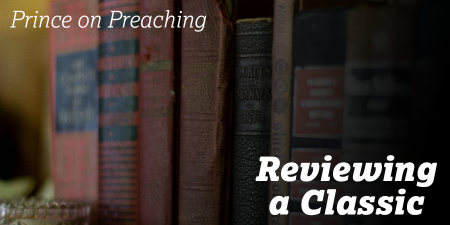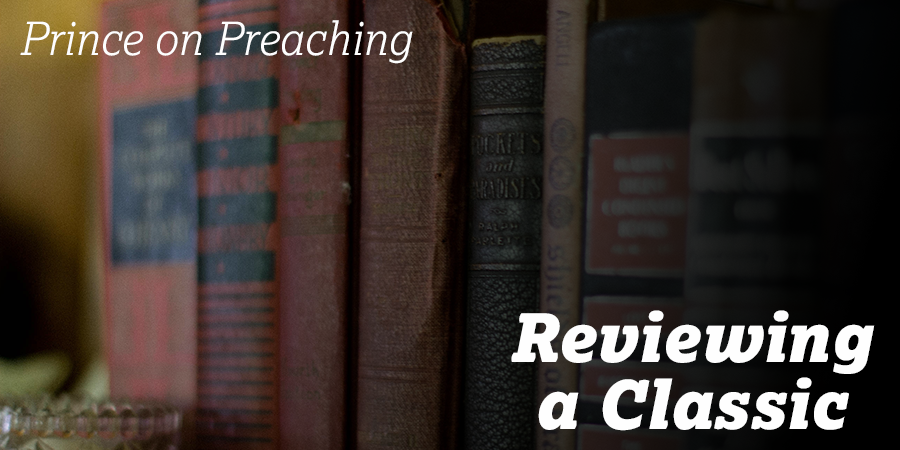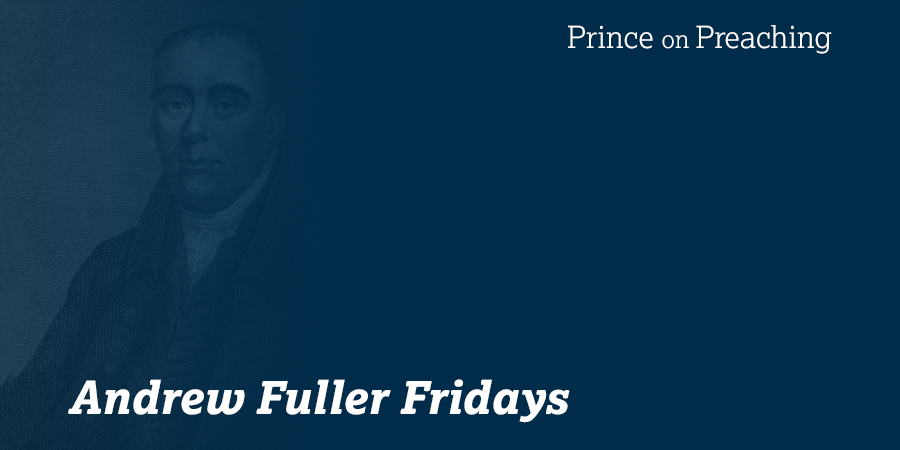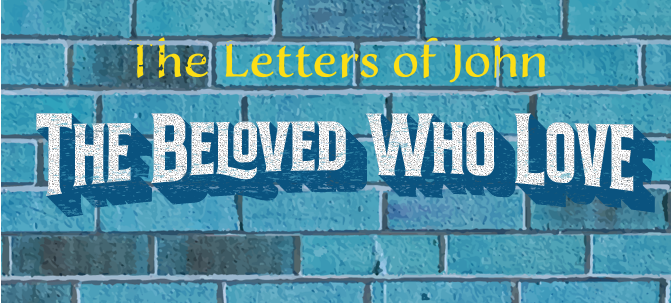
Stott, John R. W. The Cross of Christ. Downer’s Grove: InterVarsity Press, 1986. 383 pp. “Easter people.” The Moravians, led by Count Nikolaus von Zinzendorf, were a people fixated on Christ as the Lamb who was slain. They so adored the crucified and risen Christ that they were driven to global gospel work in the Caribbean, Greenland, Lapland, North and South America, and South Africa between 1732-1736, well before the modern missions movement started by Andrew Fuller, William Carey, and other Baptists. Consequently, the Moravians were sometimes called ‘the Easter people’ (293-294). In The Cross of Christ, John Stott aims to point his reader to the centrality of the cross of Christ for faith and practice in evangelical, Christian life. Stott begins by addressing introductory matters concerning the cross: the centrality of the cross in Jesus’ teaching, in the New Testament, and in church history; the fact that, though he was handed over to be crucified by both Jews and Roman leaders, Jesus’ death was ultimately because he laid his life down for sinners (61); and that the cross was necessary for sinners to be brought to God (64). Stott then moves to explain the heart of the cross: that forgiveness of sins is possible from a holy God to a sinful people through the cross of Christ as Jesus’ death provides satisfaction, not to Satan or to the Law but to God himself as Jesus Christ, fully God and fully man, necessarily serves as a substitute for sinners (133-134). In part three, Stott details the achievements of the cross: salvation for sinners, the clear revelation of God’s righteousness and love, and the conquest of evil. The final section of the book outlines what it looks like to live under the cross. One of the most helpful aspects of The Cross of Christ is its comprehensiveness in addressing a theology of the cross. Stott provides vital commentary on following key issues: the necessity of biblical, orthodox Christology for understanding the cross, why penal substitutionary atonement is the most biblical view of the atonement and why other theories may or may not be helpful, the necessity of Christ as a substitute, Christ’s blood as propitiatory as opposed to merely expiatory, the cross as necessary for God to be both righteous and full of forgiveness, etc. Very methodically and logically, the book functions like an evangelical, Protestant systematic theology of the cross in giving a thoroughly biblically defense of penal substitutionary atonement and its results that stand at the heart of the gospel. Consequently, the first three sections of the book are very complicated and quite technical as various views on all these issues surrounding the cross are succinctly explained, defended, or rejected in light of biblical revelation. Therefore, the first seventy-five percent of the book will best serve pastors and theologians, though the content is understandable with work and is worth wrestling through by all Christians who seek to contend for the faith once for all delivered to the saints. Not only does Stott give an accessible, cogent, and succinct explanation of the theology of the cross, Stott’s final section on living under the cross is extremely helpful in showing how the theology of the cross practically shapes every aspect of the Christian life. Consider the following examples. Because Jesus’ propitiatory sacrifice was completed on the cross, the church must reject the Catholic view of the Lord’s Supper, which advocates a propitiatory element to the Supper, and the church must affirm a view of the Lord’s Supper that simply celebrates via thanksgiving what Christ has finished on the cross (273). Moreover, Jesus declares that he came to serve and to give his life as a ransom for many (Matt. 20:28). On the cross, Jesus served sinners by paying their ransom to God, freeing them from bondage to sin and providing the basis for Christians to serve each other in love and to lay down their lives for the sake of the gospel to the ends of the earth (285). The cross shapes the servant-oriented mission of the church to the nations. Still more, the cross, as the place where God’s love and justice meet, is the basis for the church’s ministry of reconciliation (295-296). The church practices discipline and calls sinners to be reconciled to God because, on the cross, God reconciled himself to men. Finally, the cross helps Christians come to grips with the purposefulness of suffering as Christ himself suffered the worst injustices for the purpose of the salvation of men unto supreme glory. As Christ’s suffering on the cross was purposeful for the glory of God, so the suffering of all Christians is necessary for missionary effectiveness (320-322). The cross of Christ is absolutely central to Christian theology and Christian practice. Books like The Cross of Christ will be necessary every generation to remind subsequent generations of what the Bible teaches on the person and work of Christ and to demonstrate the preeminence of the cross for Christian living. May Stott’s work lead Christians in this generation to so glory in the cross of Christ that it may to be said of us that we are ‘Easter people.’ Summary
Evaluation
Conclusion




